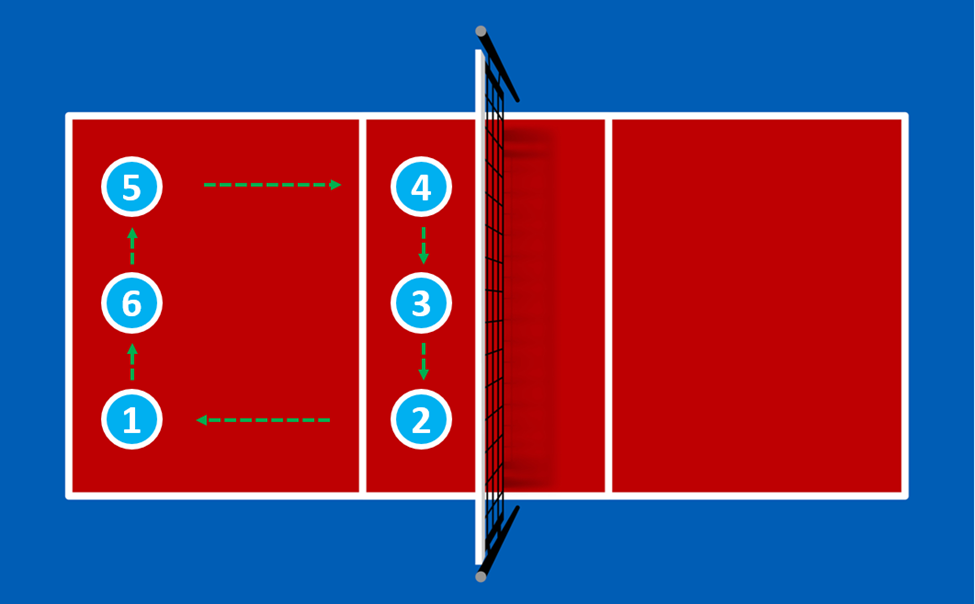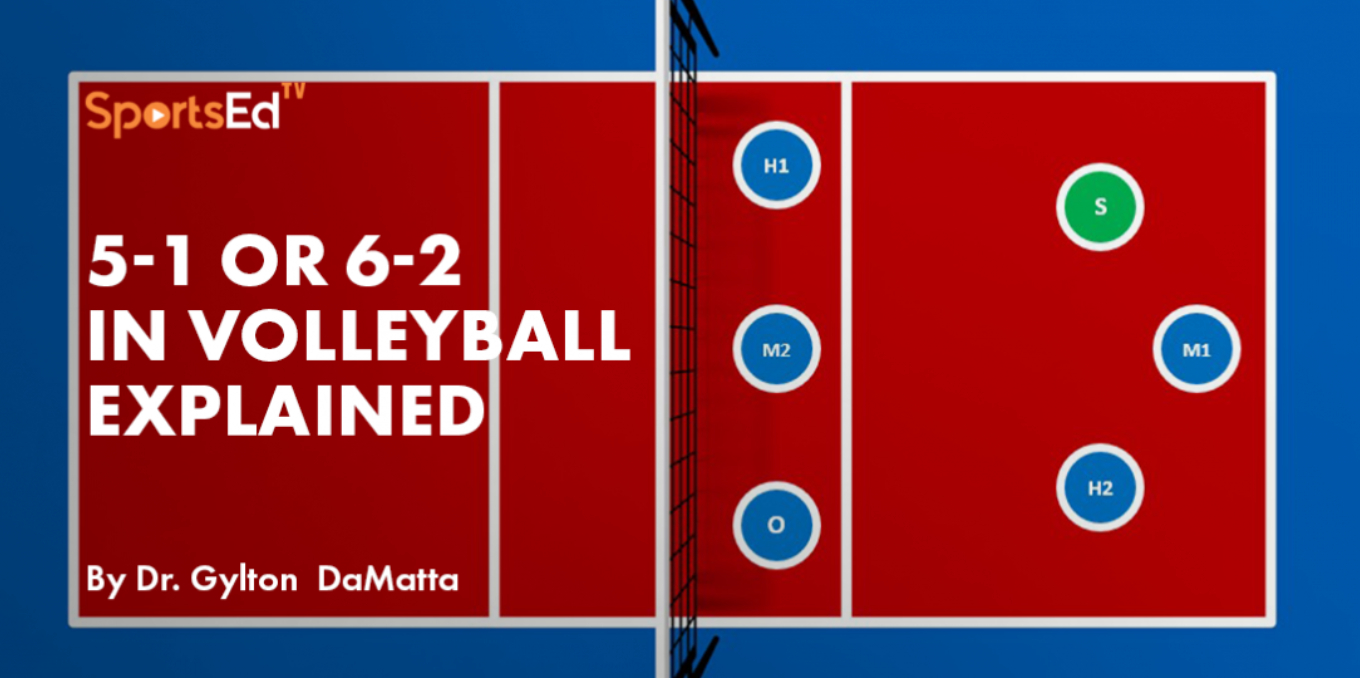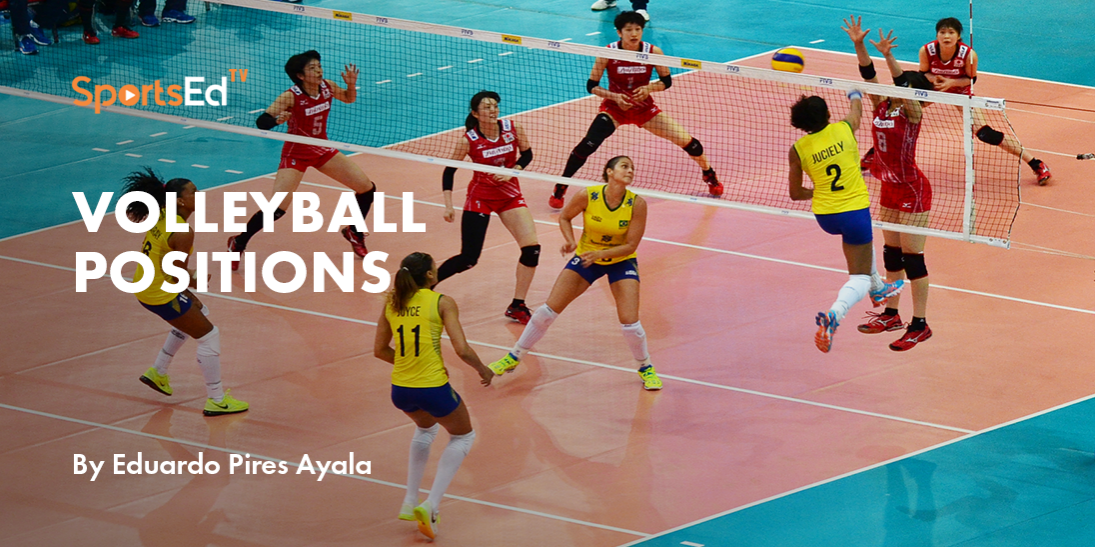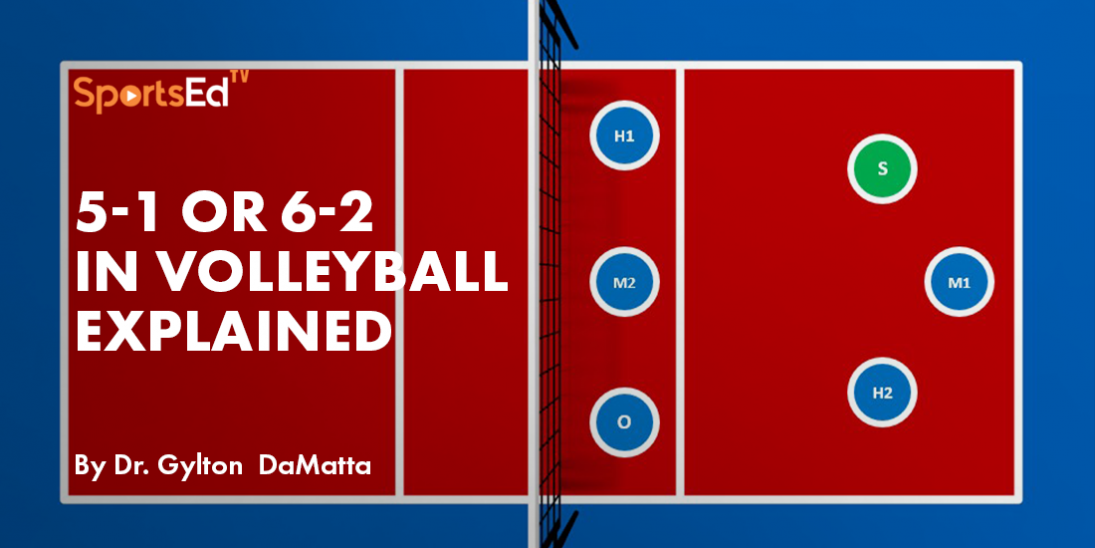Volleyball
Welcome and thanks for visiting...

Volleyball Rotations Explained
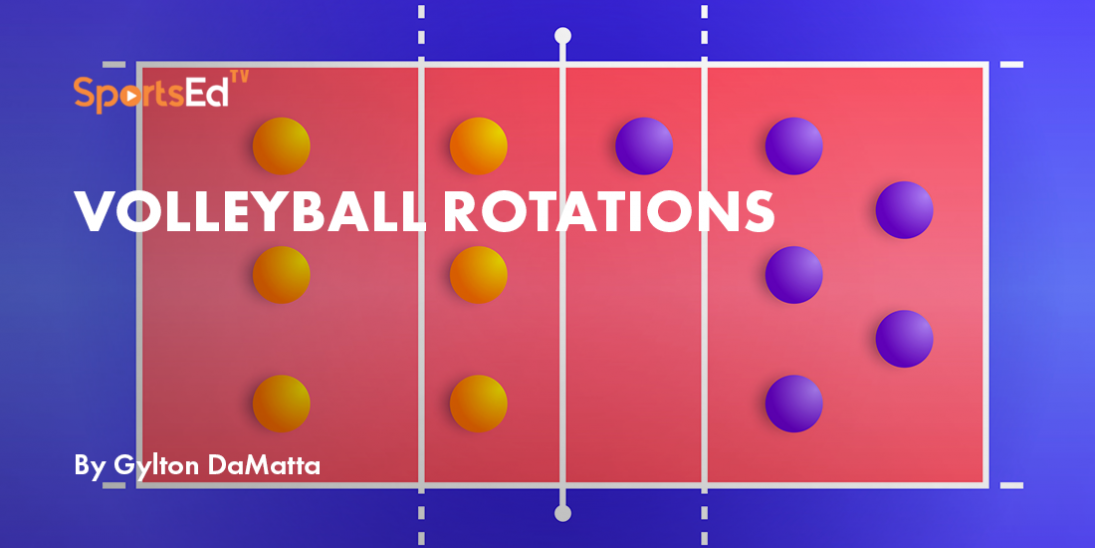
Make sure to visit our entire volleyball video library and register for our free newsletter and membership.
One of the unique characteristics of volleyball relies on the notion that its rules require player rotation. In other words, volleyball elicits the idea that every player must equally experience different phases of the game. Originally, each player had to play both in the front row and in the back row, assuming the premise that the volleyball player needed to learn both offensive and defensive fundamentals.
When and why do volleyball players rotate?
A rotation occurs after every side out, which is when the receiving team gains the right to serve by winning a rally. So basically, if you are the receiving team and you win the point or the serving team commits an unforced error, the players are required to rotate, and the serve is switched. The new serving team will rotate clockwise in one spot. This aims to rotate all the players through the serving position.
If you continue winning points, the team should maintain the same rotation.
How does the rotation order work in volleyball?
The rotation order is determined by the starting lineup and must be maintained throughout the set. To break it down, six players are on the court, three are front-row players, and three are back-row players. The positions are named by their place on the court, but these positions are not to be confused with the position they play (their function or role on the court), such as setter, middle blocker, outside hitter, opposite player to the setter, or libero. The locations are the positions where you stand before the ball is served. It is left front, middle front, right front, left back, middle back, and right back. Each player must start in one of those specific locations. Picture it just like you think. Three in the front, three in the back. One is at the left front, one is at the left back, etc.
When the ball is served by your team or the opposition, every player must be in the correct rotational position, observing their correspondence with their front row or with their back row teammates.
OK, so that makes sense. So then, when you're watching volleyball, are they never actually standing in the perfect three-in-front-of-three position when receiving the serve? They look all scattered in the middle. Keep reading. I will address this question soon!
Volleyball Rotations are not the same as a system of play.
Volleyball rotation is a crucial aspect of the game and refers to the movement of players on the court each time a team wins a side out or serves. In this sport, players rotate clockwise with each change in possession. The left front moves to the middle front, the middle front moves to the right front, and so on. The new right-back player is responsible for serving the ball in position 1. It's crucial for players to stay aware of their position and ensure they are in the correct spot with their teammates. Switching to your position too early, before the serve is contacted, may result in an overlap or out-of-position call, awarding a point to the opposing team. Middle blockers, for example, need to be mindful of their movements and wait until the serve is in play before transitioning to their middle position. The key to success in volleyball rotation is communication, teamwork, and a clear understanding of the rules and responsibilities associated with each position on the court.
The word “rotations” can be misused and also misunderstood. For instance, some parents utilize the word “rotations” every time there is a new disposition of players on the court. There is a problem with it. However, there is a misuse of the word that is misunderstood for the systems used. For example, some parents call rotation 1 for a lineup of players or rotation 2 for a different lineup. Similarly, coaches in different regions tend to use the word “rotation,” sometimes referring to a system of play. I have seen on the Internet players saying: “_ I will explain to you the 5 x 1 rotation… “The correct definition would be a 5x1 system of play. Other people refer to rotation 1 as the position where the setter starts the game. For instance, internationally, most countries adopt the concept that rotation 1 designates the players' disposition when a team starts a match or a set.
Read the blog about the 5x1 or 6x2 systems of play.
What is an overlap in volleyball?
The term "overlap" refers to a situation in volleyball when a player is out of position prior to the serve or is positioned incorrectly in relation to other players on the court. This is also called the principle of correspondence. Players must maintain the correct formation on the court to avoid an overlap. For example, the middle front player must be in front of the middle back player, and to the right of the left front and to the left of the right front, forming a T-shape. Similarly, the left-back player must be behind the left front and to the left of the middle back, forming an "L" shape.
According to NCAA volleyball rules, the right-side player must be closer to the right sideline, and the left-side player must be closer to the left sideline than the corresponding middle player in their row. Additionally, each front-row player must be closer to the center line than their corresponding back-row player.
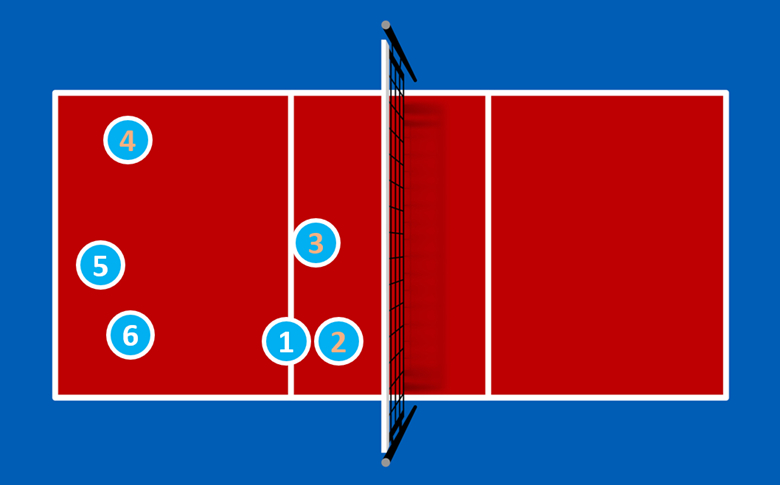 In this diagram, every player is in the right position compared to others, and there is no overlap.
In this diagram, every player is in the right position compared to others, and there is no overlap.
While teams may use different formations when receiving serve, they must follow these rules to avoid being called for an overlap, which results in a point for the opposing team. Overall, the goal is to maintain the correct player positioning in relation to other players on the court.
Do you have to stay in that position the whole time?
Before the ball is served, players must respect their serving rotation position, and after the serve, they can move into their “home base” or “designated tactical positions”. Once the serve is made, players are free to move into their tactical positions, but there are certain rules to follow. For example, if a player rotates to the backcourt, they cannot attack the ball in front of the attack line. However, back-row players, excluding the libero, are allowed to attack as long as they jump from behind the 10-foot line.
For instance, if a middle blocker is rotated to the left front position, he/she can move to the middle front position after the serve is put into play. These rules ensure the game is played fairly and by the regulations set by the governing body.
Who is normally in these positions?
The positions mentioned on the court, such as left front, middle back, and right front, are not the traditional names for these positions. Instead, these are the actual positions played in those areas of the court.
Typically, the two middle blockers will start at the middle front and middle back, with the setter in the left back and the opposite hitter in the right front. The remaining two players are usually outside hitters. When one outside hitter goes back to serve, the other outside hitter moves from the back row to the front row, ensuring that the front row always consists of an outside hitter, a middle blocker, and either a setter or opposite hitter.
This structure allows for effective teamwork and helps players utilize their strengths and abilities to achieve success on the court.
I hope this article has cleared up any confusion and answered any questions you had about volleyball rotations, and that you now have a better understanding of this important aspect of the game. Enjoy the game!



